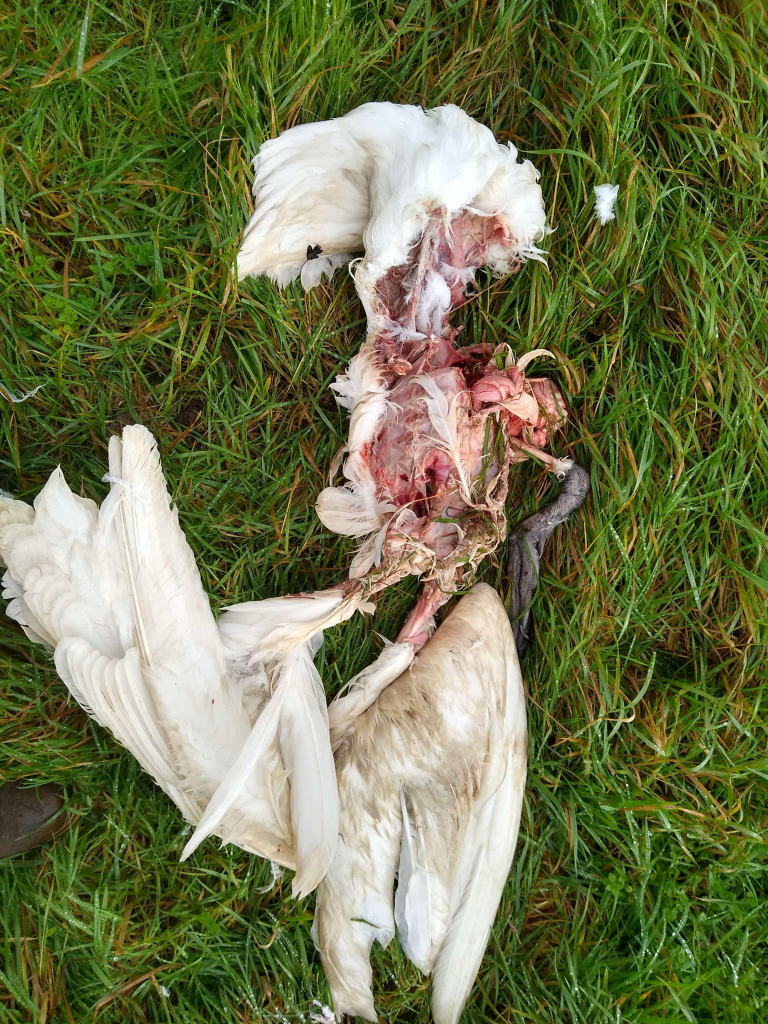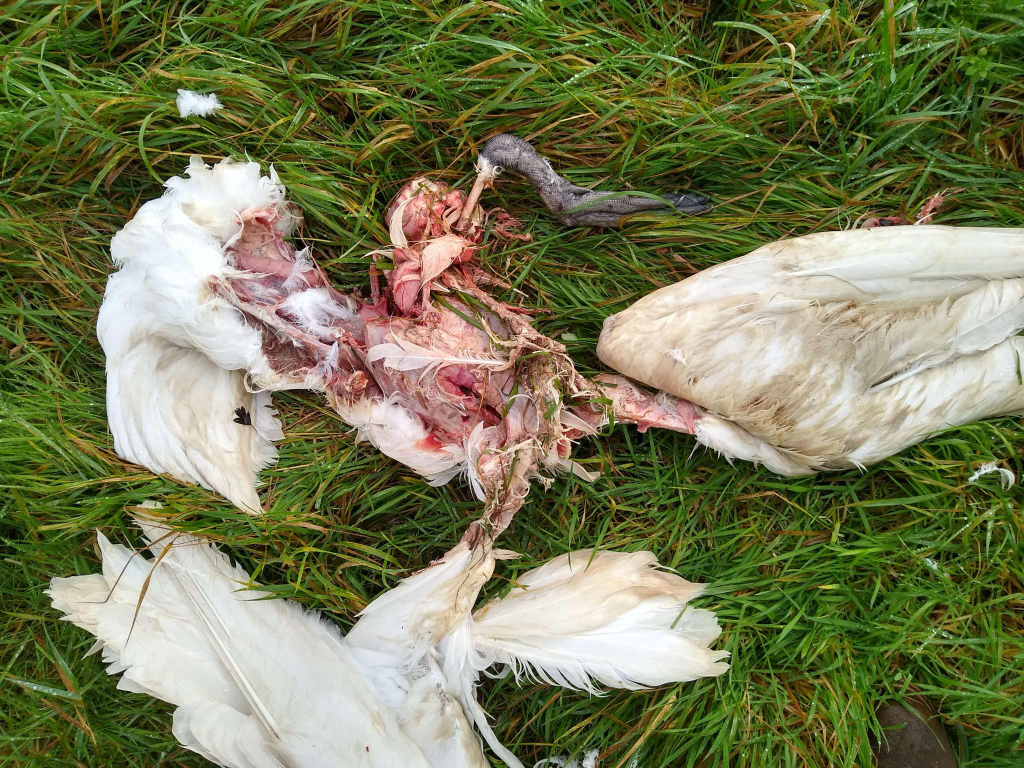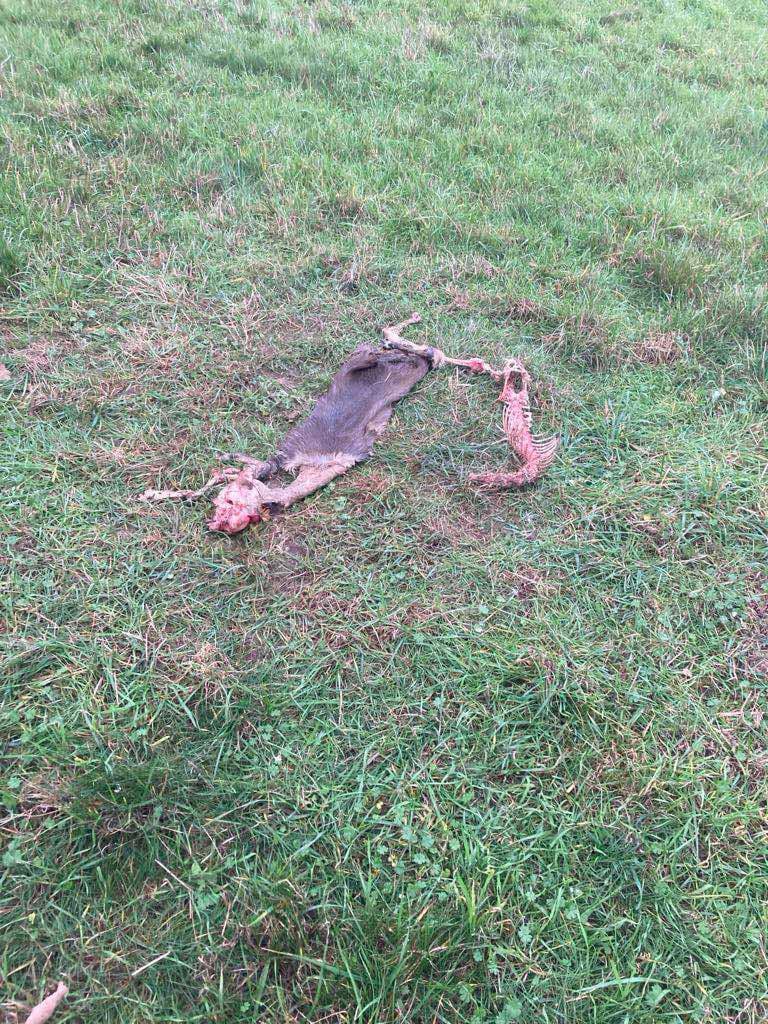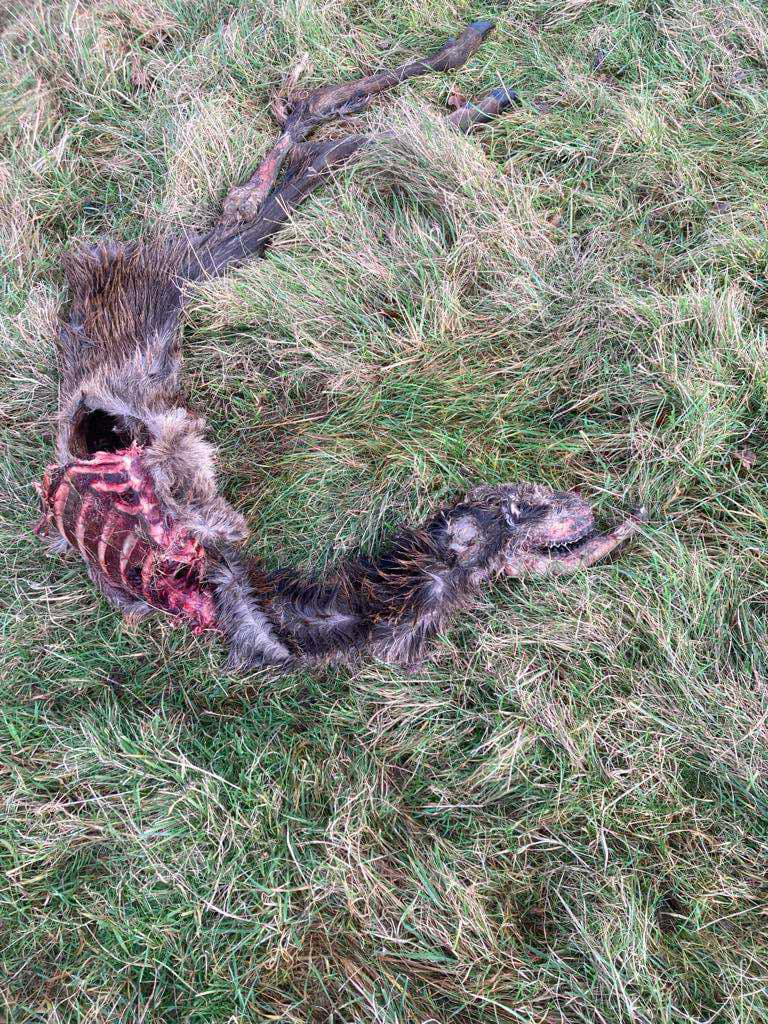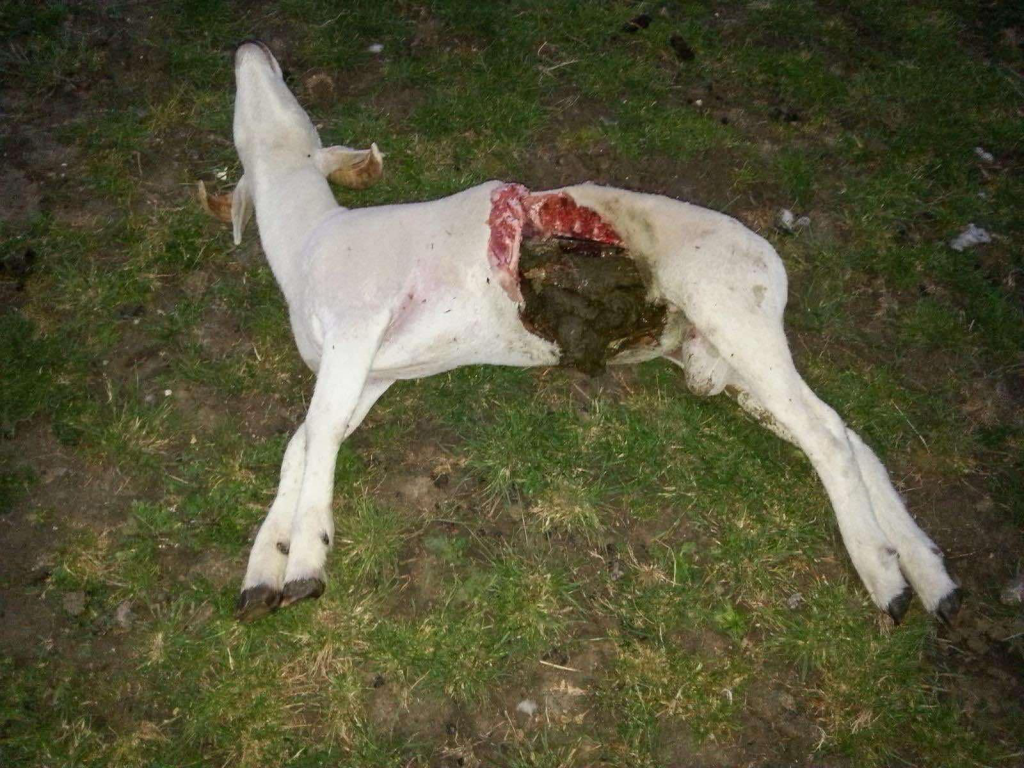I was sent some interesting footage of a black cat moving around a freshly harvested field in Darsham, near the major A12 road, not far from the coast and not far where I am based at Dunwich. My thanks to Neil Holloway, who sent me a link to the footage, shot when he was holidaying in mid-August at a house near the village of Darsham’s Brussels Green, so named because Belgian refugees settled there in World War One.
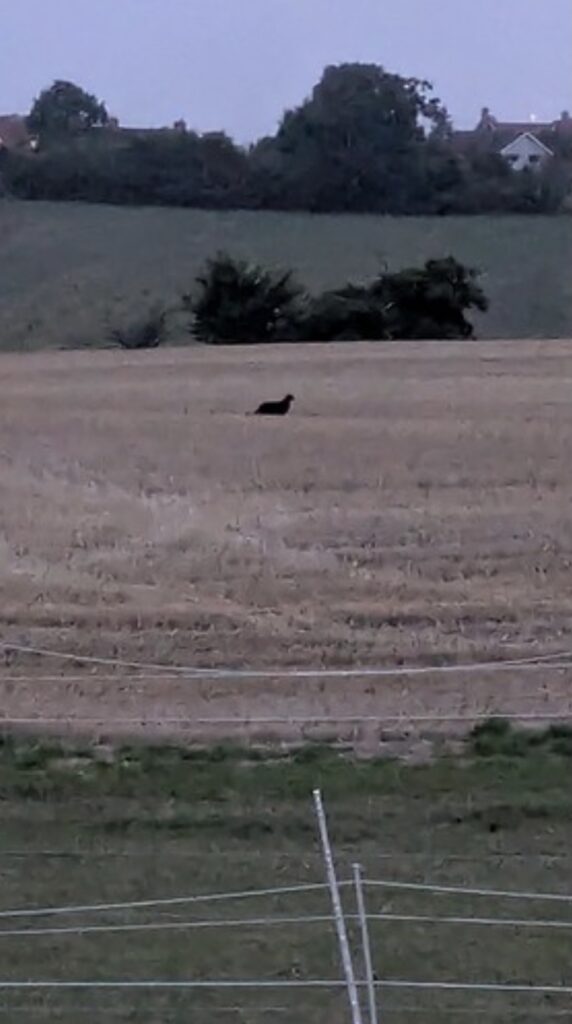
The footage is linked from here.
As is often the case with such British cat footage, it’s hard to judge the distance of the animal or to work out its size. I hope to make contact with the owner of the property from whose window the cat was filmed, and if possible the farmer whose field it is, with a view to visiting the location and measuring some distances.
The stubble left by most combine harvesters is around 15cm (six inches) high. Most of the animal in the footage appears to easily clear the top of the stubble. The witness said the animal appeared to be stalking some kind of prey, which would make sense – the field having being harvested that day would expose a lot of rodents and rabbits suddenly.
The animal’s body and neck appear to be proportionally longer than a domestic cat’s, and closer to the proportions of a leopard. The footage appears to show what might be pointed ears, though, which are very rare among leopards – the ears of leopards are usually short and rounded.
A witness who saw a black leopard-like cat on wetland near Aldeburgh in November 2021 saw the footage from Darsham and said it appeared to be same animal that he’d seen near Aldeburgh.
There was a sighting of a black leopard seen in a tree at night in a campsite near Hacheston, 12 miles due southwest of Darsham, three days after the Darsham sighting.
Regular visitors to the website will know I have in recent years received an increasing number of reports of an exceptionally big, dark-coloured feral domestic cat seen in the county of Suffolk a bit further south, around the Brightwell area (near Martlesham).
Since the Darsham sighting there has been another report of an animal described as “similar to a house cat but way bigger” – twice the size of a house cat and black in colour, which briefly followed a cyclist on the 425-mile Further Equinox cycle race at night on 28 September 2025.
The cyclist was following their GPS route of the race on their phone on their handlebars in total darkness at the time, with only a cycle light to light the road ahead of them, so they had no idea where they were other than that it was somewhere between Diss (just over the Norfolk border) and Wangford (near Southwold, quite a long way east of Diss.) The witness also reported that another cyclist on the same race had encountered a similar animal on the previous night, although his report didn’t say where.
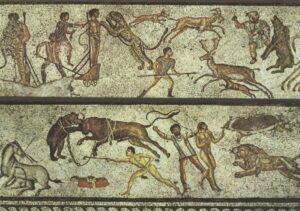
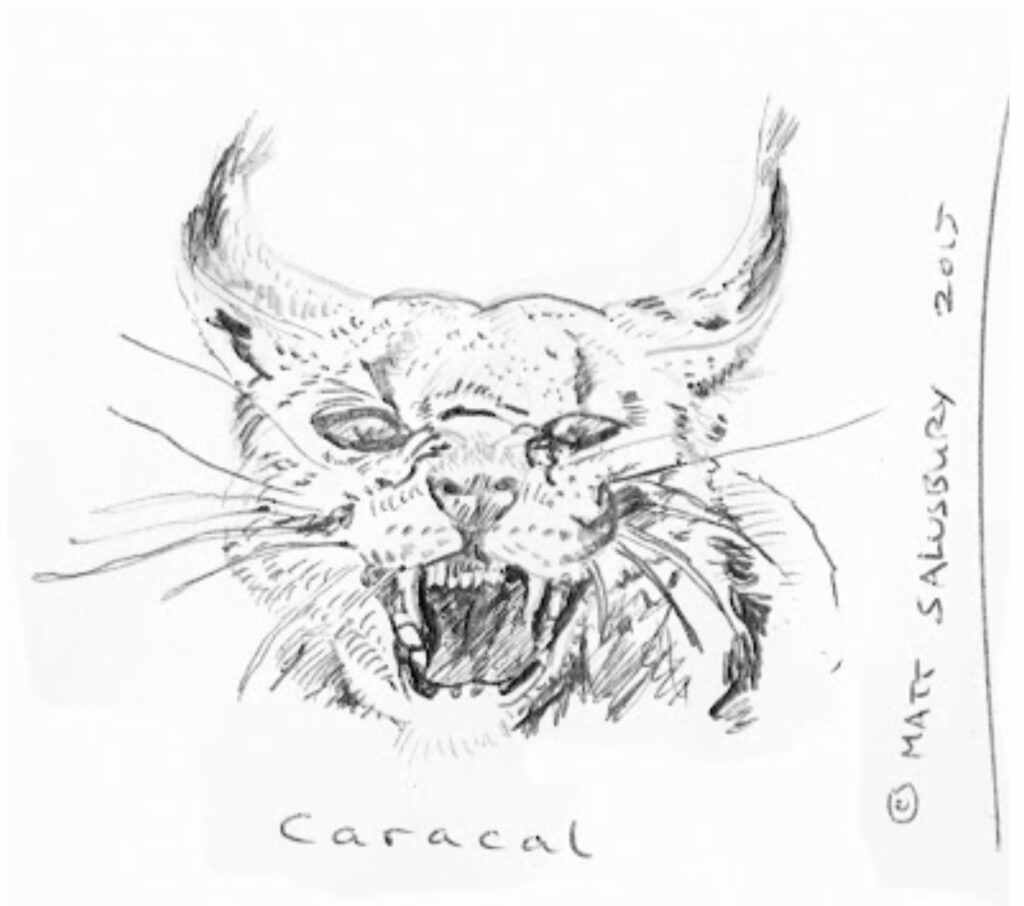









 Cropped and blown-up versions of the above photos.
Cropped and blown-up versions of the above photos.
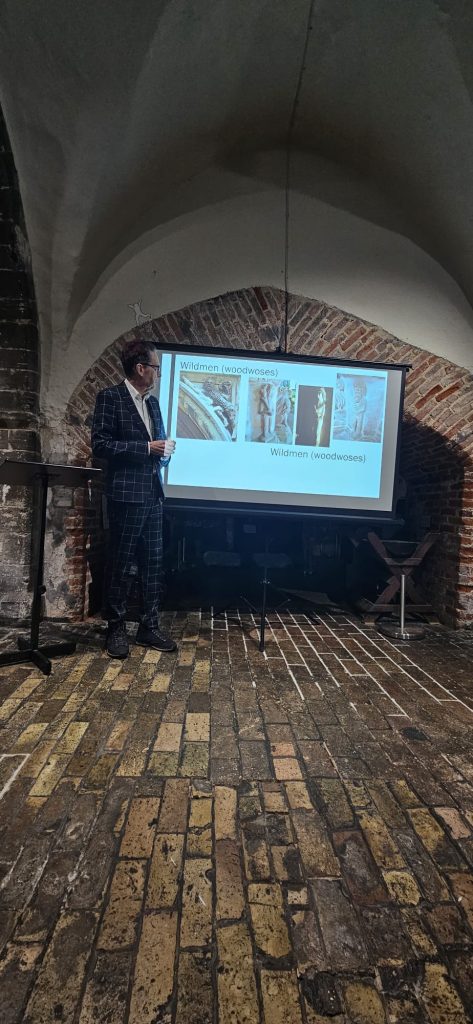 I had a successful talk in the spectacular 12th-century building that is
I had a successful talk in the spectacular 12th-century building that is 
 The 12th-century stone wall of Moyse’s Hall wasn’t very adhesive! My map of big cat sightings in Suffolk fell of it soon after this photo was taken.
The 12th-century stone wall of Moyse’s Hall wasn’t very adhesive! My map of big cat sightings in Suffolk fell of it soon after this photo was taken.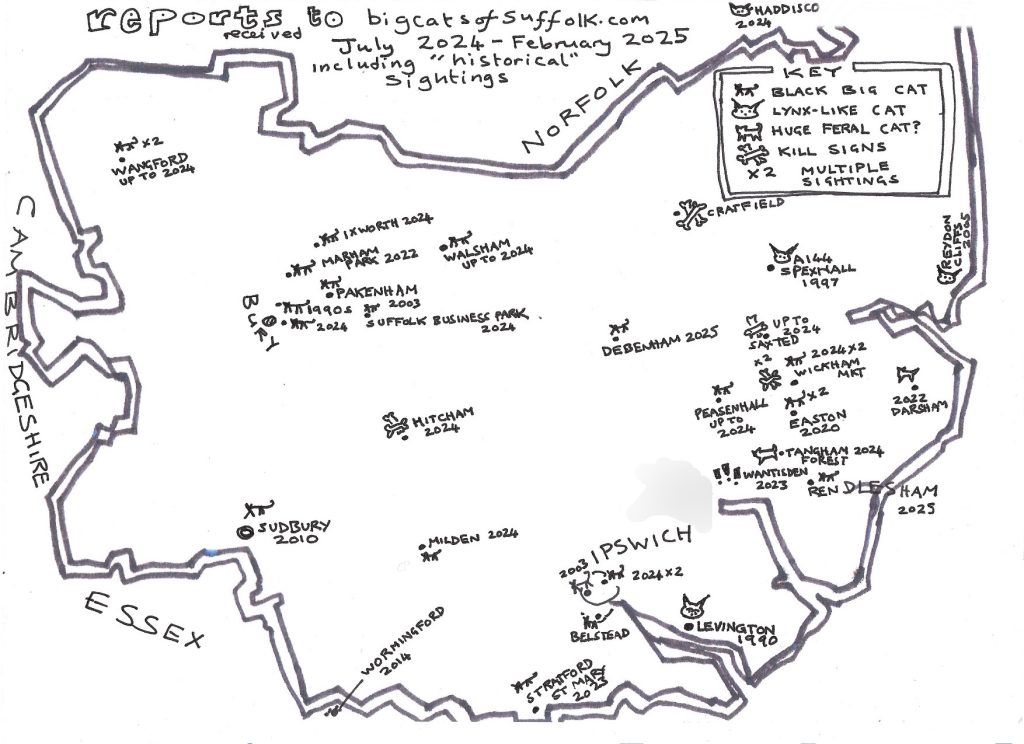 This is my map of recent big cat sightings in Suffolk (one in Norfolk and a report of footprints in Essex) received between July 2024 and February 2025, ahead of my recent talk at Moyse’s Hall Museum where it was shown for the first time.
This is my map of recent big cat sightings in Suffolk (one in Norfolk and a report of footprints in Essex) received between July 2024 and February 2025, ahead of my recent talk at Moyse’s Hall Museum where it was shown for the first time.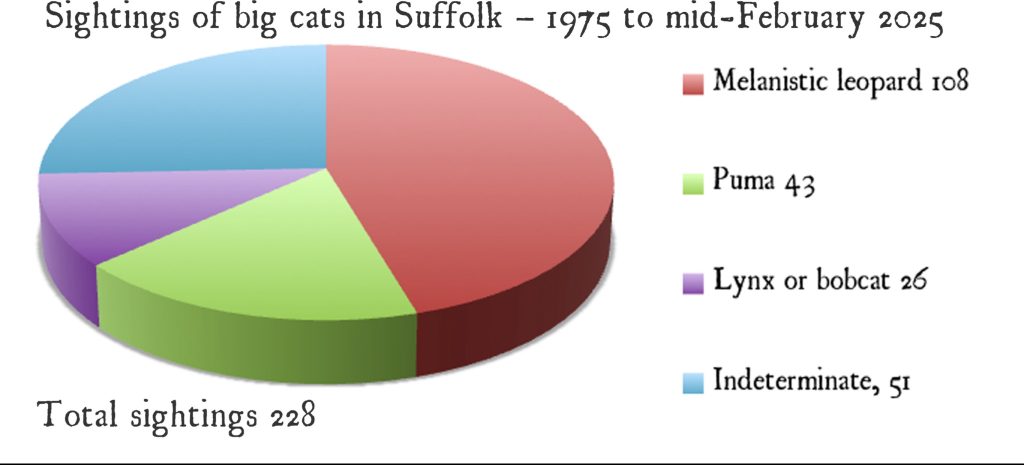




 This muntjac was found in the Letheringham area in December 2020, it had been “dragged down a bank.”
This muntjac was found in the Letheringham area in December 2020, it had been “dragged down a bank.”